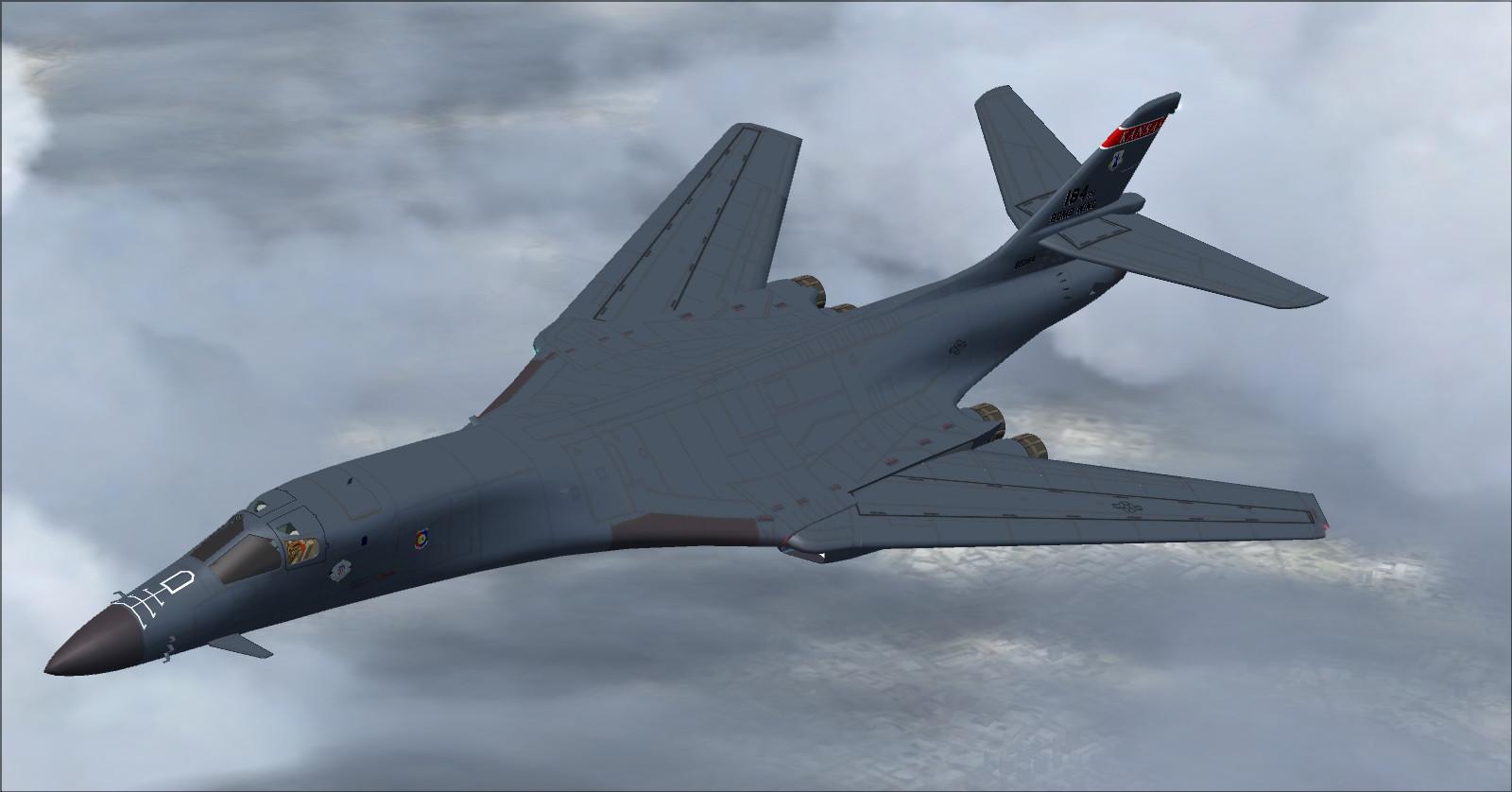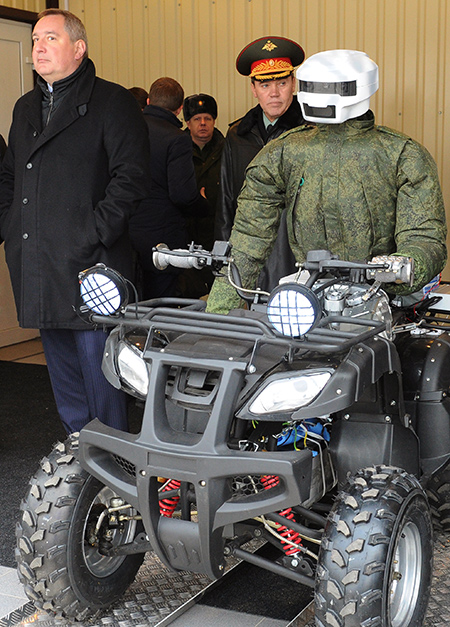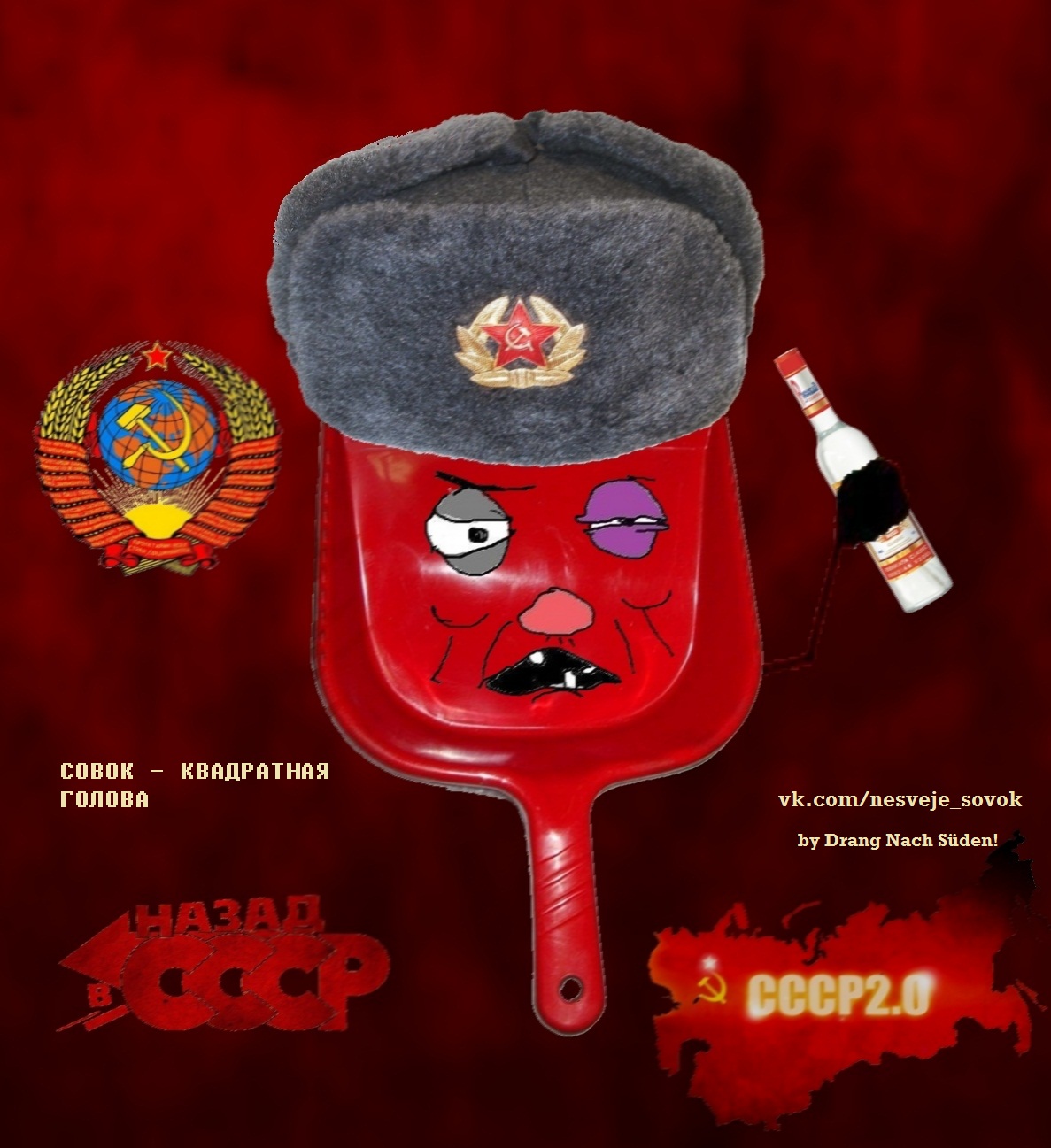Daryl Hunt
Your Worst Nightmare
- Banned
- #1
Russia Rolls Out New Tu-160M2, But Are Moscow's Bomber Ambitions Realistic?

Russia’s United Aircraft Corporation, or UAC, has rolled out the first prototype of its upgraded Tu-160M2 Blackjack at its plant in Kazan. The Russian Air Force insists that this design will be a key component of the country’s strategic, nuclear capable bomber force, along with its Tu-95MS Bears, but persistent budget shortfalls, limited industrial capacity, and other issues could easily stymie the modernization program.
On Nov. 16, 2017, the same day as the roll-out, Russia’s Deputy Prime Minister Dmitry Rogozin announced that flight tests of the aircraft would begin in 2018, low rate production would start a year later, and serial deliveries would start in 2023. At that point, UAC hopes to be delivering two or three Tu-160M2s each year. In 2015, the Kremlin first announced the project, which it said would involve restarting the Blackjack production line.
Everything is fine, just perfect,” Russian President Vladimir Putin said upon getting the update on the program from Rogozin, according to state-run media outlet TASS. “I congratulate the aircraft builders and I think we will deliver good news to the Defense Ministry.”
We still don’t know the complete scope of the Tu-160M2's improvements over the previous Tu-160M upgrade, which UAC first delivered to the Russian Air Force in 2014. In the past, Russian officials have stated the M2 aircraft would share approximately 60 percent of their components with the small fleet of original Tu-160 Blackjack bombers.
It’s also not clear whether or not the M2s will be truly new production planes. UAC acknowledges that the initial prototype is a conversion of an existing airframe, but the Russian military says it wants at least 50 of the bombers and only has 16 Tu-160Ms in total.
Based on the images UAC released of the first prototype, it appears that much of the airframe remains unchanged from its original swing-wing design. The development of the Soviet-era Tu-160, which the Russians nicknamed the Beliy Lebed or White Swan, began in the 1970s and it first flew in 1981. The aircraft did not see combat until 2015, when Russian crews first fired air-launched cruise missiles at targets in Syria.
The M2s will reportedly have new NK-32 02 Series engines, also known as the NK-32 Tier 2. The original low-bypass NK-32 is already among the most power turbofans ever built, with each generating approximately 55,000 pounds of thrust in afterburner at its maximum setting. By comparison, the General Electric F101s on the U.S. Air Force’s B-1 bomber have an output of just under 31,000 pounds at full afterburner. The Tu-160 is significantly larger than the B-1 too, though.
Engine-maker United Engine Corporation (UEC) has said the 02 Series is significantly more efficient and will make the Tu-160M2 less thirsty than its predecessor, and in doing so it will reportedly add more than 600 miles to the jet's operational range. These engines, or another variant thereof, are also supposedly going to be used on Russia's PAK-DA stealth bomber project. Tests of the engines began in October 2017, but it is not clear if the initial M2 prototype has them installed.
In addition, Russian officials say the aircraft will feature an entirely new suite of avionics, expanding on the substantial improvements reportedly found on the Tu-160M. The M models already featured a number of enhancement in this regard, but UAC has hinted at the possibility that the M2 will have a fully digital “glass” cockpit.

Russia’s United Aircraft Corporation, or UAC, has rolled out the first prototype of its upgraded Tu-160M2 Blackjack at its plant in Kazan. The Russian Air Force insists that this design will be a key component of the country’s strategic, nuclear capable bomber force, along with its Tu-95MS Bears, but persistent budget shortfalls, limited industrial capacity, and other issues could easily stymie the modernization program.
On Nov. 16, 2017, the same day as the roll-out, Russia’s Deputy Prime Minister Dmitry Rogozin announced that flight tests of the aircraft would begin in 2018, low rate production would start a year later, and serial deliveries would start in 2023. At that point, UAC hopes to be delivering two or three Tu-160M2s each year. In 2015, the Kremlin first announced the project, which it said would involve restarting the Blackjack production line.
Everything is fine, just perfect,” Russian President Vladimir Putin said upon getting the update on the program from Rogozin, according to state-run media outlet TASS. “I congratulate the aircraft builders and I think we will deliver good news to the Defense Ministry.”
We still don’t know the complete scope of the Tu-160M2's improvements over the previous Tu-160M upgrade, which UAC first delivered to the Russian Air Force in 2014. In the past, Russian officials have stated the M2 aircraft would share approximately 60 percent of their components with the small fleet of original Tu-160 Blackjack bombers.
It’s also not clear whether or not the M2s will be truly new production planes. UAC acknowledges that the initial prototype is a conversion of an existing airframe, but the Russian military says it wants at least 50 of the bombers and only has 16 Tu-160Ms in total.
Based on the images UAC released of the first prototype, it appears that much of the airframe remains unchanged from its original swing-wing design. The development of the Soviet-era Tu-160, which the Russians nicknamed the Beliy Lebed or White Swan, began in the 1970s and it first flew in 1981. The aircraft did not see combat until 2015, when Russian crews first fired air-launched cruise missiles at targets in Syria.
The M2s will reportedly have new NK-32 02 Series engines, also known as the NK-32 Tier 2. The original low-bypass NK-32 is already among the most power turbofans ever built, with each generating approximately 55,000 pounds of thrust in afterburner at its maximum setting. By comparison, the General Electric F101s on the U.S. Air Force’s B-1 bomber have an output of just under 31,000 pounds at full afterburner. The Tu-160 is significantly larger than the B-1 too, though.
Engine-maker United Engine Corporation (UEC) has said the 02 Series is significantly more efficient and will make the Tu-160M2 less thirsty than its predecessor, and in doing so it will reportedly add more than 600 miles to the jet's operational range. These engines, or another variant thereof, are also supposedly going to be used on Russia's PAK-DA stealth bomber project. Tests of the engines began in October 2017, but it is not clear if the initial M2 prototype has them installed.
In addition, Russian officials say the aircraft will feature an entirely new suite of avionics, expanding on the substantial improvements reportedly found on the Tu-160M. The M models already featured a number of enhancement in this regard, but UAC has hinted at the possibility that the M2 will have a fully digital “glass” cockpit.





